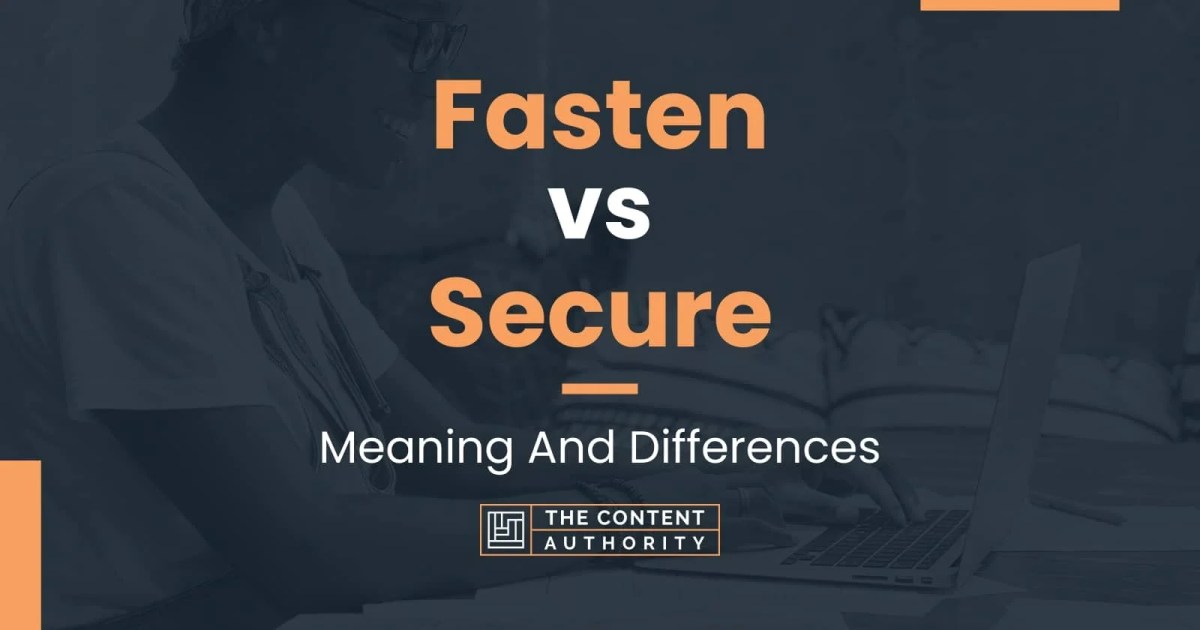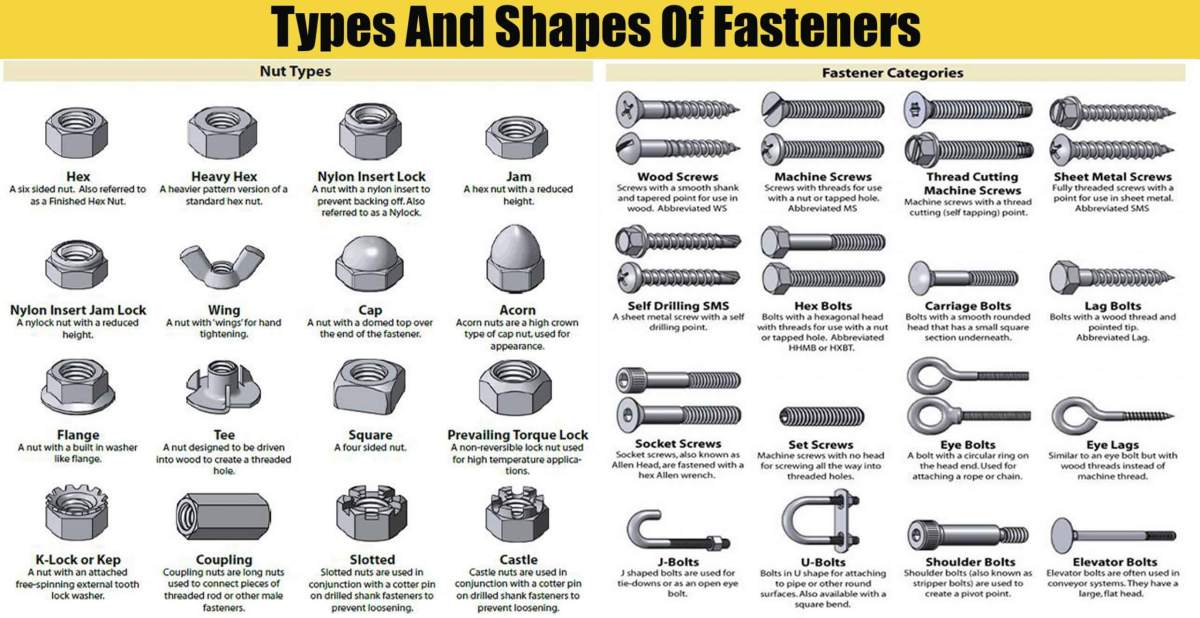Strap meaning goes beyond just a simple piece of material. From its literal use as a fastening device to its figurative representation of restraint or binding, the word “strap” holds a surprising depth of meaning. We’ll explore its various applications, from the practical to the symbolic, examining how its meaning shifts across different contexts and cultures.
This exploration will delve into the different types of straps – leather, fabric, metal, and more – analyzing their physical properties and diverse uses. We’ll then move into the figurative world, examining idioms and expressions where “strap” signifies constraint or forceful action. We’ll also look at how “strap” is used across various industries, from fashion to the military, and how it’s visually represented in art and literature.
Understanding the Meaning of “Strap”
The word “strap” might seem simple, but its meaning extends far beyond a mere strip of material. This exploration delves into the literal and figurative uses of “strap,” examining its various applications across different industries, cultures, and artistic expressions.
Literal Meanings of “Strap”

At its core, a strap is a narrow strip of flexible material used for fastening, binding, or carrying. Common materials include leather, fabric (such as nylon or cotton), metal, and even plastic. The choice of material dictates the strap’s strength, durability, and aesthetic appeal.
Different types of straps cater to specific needs. Leather straps, known for their strength and classic look, are often used in luggage, watches, and guitar accessories. Fabric straps, often more lightweight and flexible, are common in backpacks and sporting equipment. Metal straps, typically strong and rigid, find use in securing heavy objects or in industrial applications.
The functionality of straps varies greatly depending on their context. A watch strap secures the timepiece to the wrist; backpack straps distribute weight evenly across the shoulders; and guitar straps allow musicians to comfortably play their instruments. Each type demonstrates a unique balance between strength, flexibility, and aesthetic considerations.
Figurative Meanings of “Strap”

Beyond its physical form, “strap” also functions as a verb, often implying restraint or binding, both literally and figuratively. This usage carries connotations of control, confinement, or even punishment.
Idiomatic expressions like “to strap someone down” vividly illustrate this restrictive meaning. The phrase “strap in” suggests preparing for something challenging or potentially dangerous. The phrase carries a sense of urgency and anticipation. Other expressions such as “strapped for cash” highlight a lack of resources. The impact of “strap” in such contexts often depends on the specific scenario and cultural understanding.
When used to describe forceful actions, “strap” evokes a sense of urgency or harshness. For instance, “He strapped the package tightly” suggests a firm and decisive action, while “The child was strapped into the car seat” indicates a necessary safety measure.
“Strap” in Different Contexts, Strap meaning

The usage of “strap” varies across different industries and cultural settings, highlighting its versatility and adaptability.
| Industry | Usage | Material | Example |
|---|---|---|---|
| Fashion | Bags, shoes, accessories | Leather, fabric, metal | A leather strap on a handbag |
| Automotive | Securing cargo, seatbelts | Fabric, metal | Seat straps in a car |
| Military | Carrying equipment, securing weapons | Nylon, leather | Shoulder straps on a military backpack |
| Music | Holding musical instruments | Leather, fabric | Guitar strap |
Historically, straps have played significant roles in various cultures. From ancient civilizations using leather straps for tools and clothing to modern-day applications in diverse industries, straps have consistently demonstrated their utility and adaptability.
In literature and music, the symbolism of straps can be profound. A worn leather strap on a vintage suitcase might represent the passage of time and accumulated experiences, while a guitar strap might symbolize artistic expression and passion. The context always shapes the interpretation.
Visual Representations of “Strap”
Visual descriptions of straps can evoke strong sensory experiences and contribute to the overall narrative.
Imagine a worn leather strap on a vintage suitcase: its surface is cracked and faded, a rich brown patina hinting at years of travel and adventures. The leather is supple yet firm, showing the marks of time and journeys. The buckle is tarnished brass, its intricate details softened by age.
In a film scene, a tightly wound strap might signify impending danger or a desperate attempt at restraint. The visual tension created by the strap’s tautness would enhance the scene’s emotional impact.
So, “strap” can mean a lot of things – a physical band, a binding, even a constraint. Thinking about it in a business context, though, opens up other ideas. For example, a successful business might need to “strap in” for a busy season, just like you’d strap yourself into a rollercoaster. Check out this drone business event at business to see how companies secure their futures.
Ultimately, understanding the diverse meanings of “strap” helps us grasp different business strategies, from securing funding to tying down a market share.
In art, a strap’s visual symbolism can vary depending on the artistic style. A realistically rendered strap in a painting might convey a sense of practicality, while a stylized strap in a surrealist painting could represent a more abstract concept, perhaps bondage or constraint.
“Strap” and Related Concepts
While often used interchangeably, “strap,” “belt,” “band,” and “rein” have subtle differences in meaning and connotation.
So, “strap” can mean a lot of things – from a physical band to a slang term. Think about how a strap holds things together, right? Well, that idea of connection is explored in a really interesting way in the film the riff movie , which uses the concept of binding and restriction in a unique narrative.
Ultimately, understanding different meanings of “strap” helps us grasp the nuances of language and storytelling, much like understanding the themes within the movie itself.
“Belt” typically implies a wider, more substantial band, often worn around the waist. “Band” suggests something that encircles or binds. “Rein” specifically refers to straps used to control an animal, particularly a horse. These distinctions in usage often depend on the object being described and the intended function of the strap-like item.
Synonyms for “strap” include “thong,” “lash,” and “ribbon,” each carrying a slightly different connotation. “Thong” suggests a thin, narrow strip, while “lash” implies a more forceful binding, and “ribbon” suggests a decorative element.
So, “strap” can mean a lot of things – a band of material, a restraint, or even a slang term. Think about how crucial straps are in securing things, right? Well, in games like the until dawn game , character survival often hinges on making smart choices under pressure, kind of like how a well-placed strap keeps everything together.
Ultimately, the meaning of “strap” depends entirely on the context, just like the many choices you face in a survival horror game.
Outcome Summary
Ultimately, understanding “strap meaning” requires appreciating its versatility. Whether it’s the practical function of securing an object or the symbolic weight it carries in a literary context, “strap” proves to be a word with far more nuance than initially meets the eye. From its literal definition to its metaphorical interpretations, we’ve seen how this seemingly simple word can enrich our understanding of language and culture.
FAQ Summary: Strap Meaning
What’s the difference between a strap and a belt?
While often used interchangeably, straps are generally narrower and may be made of a wider variety of materials than belts, which are typically wider and used for clothing or holding things in place.
Are there any slang terms related to “strap”?
Yes, “strap” can be slang for a firearm, particularly a handgun. Context is crucial to understand its intended meaning.
What is the etymology of the word “strap”?
So, you’re looking up “strap meaning”? It can refer to many things, from a physical strap on a bag to a figurative strap, like a deadline. Sometimes, understanding the context is key, much like figuring out if a completely unrelated character, like Thanos, is in a show; check out this article if you’re wondering is thanos alive in squid game to see how context matters.
Back to straps though, the best way to understand a strap’s meaning is to look at how it’s used.
The word “strap” originates from Old English and is related to words meaning “to stretch” or “to bind”.
How is “strap” used in a legal context?
In legal contexts, “strap” might refer to a legal constraint or restriction, although this is less common than other terms.
